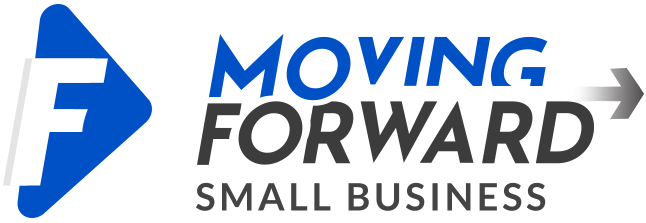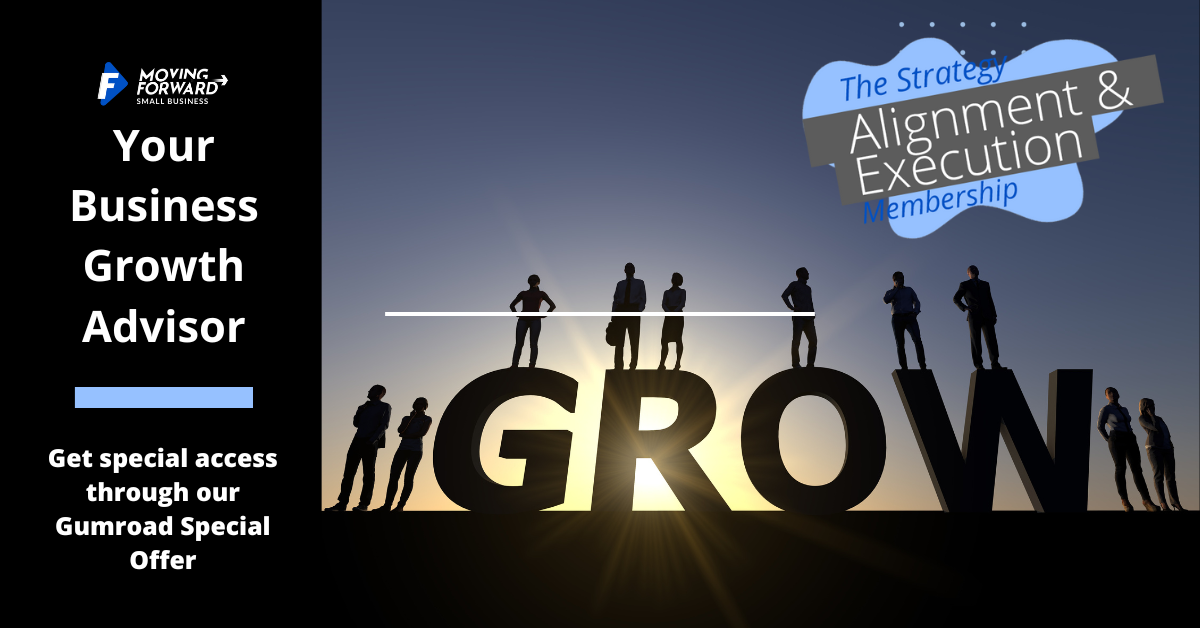Key Highlights
- Unlock the Power of Inbound: This article gives useful tips about inbound marketing. This is a strong way to attract and engage your target audience without spending too much.
- Real-World Inspiration: Learn from eight successful inbound marketing examples from well-known brands like HubSpot, Airbnb, and Slack. These show effective strategies in real life.
- A Deep Dive into Inbound Tactics: Look at different inbound tactics. This includes SEO, creating valuable content, engaging on social media, email marketing, and more.
- Practical Tips for Small Businesses: Get helpful advice made for small business owners. You can use these tips to apply successful inbound strategies easily.
- FAQs for Clarity: Find clear answers to common questions about inbound marketing. This includes its effectiveness, how to measure it, budget-friendly ideas, and how often to update content.
Introduction to Inbound Marketing Examples
Reaching your business goals needs a smart plan for digital marketing. Inbound marketing tactics are very effective as they aim to draw in and engage your target audience naturally. This method avoids interrupting their time online.
8 Top Inbound Marketing Examples for Small Business Success

Today, we will look at eight inspiring examples of inbound marketing campaigns that have helped businesses succeed. By reviewing these cases, we want to give you practical tips to improve your own inbound marketing strategies.
Let’s see how these businesses used inbound marketing to grow and get amazing results.
1. Utilizing SEO to Drive Organic Traffic
Firstly, search engine optimization (SEO) is very important. It helps you improve your website and content so that it ranks higher on search engines like Google for the right keywords, thereby increasing visibility on the search engine results page. When your content shows up at the top of search results, more people find your business online. This leads to more visitors and potential customers.
To start, find the keywords and phrases your target audience uses to look for your products or services. Use these target keywords in your website content. Place them in page titles, headings, and meta descriptions. This will help more people see your website.
Also, consider using SEO tools. They can help you check how well your website is doing and find areas you can improve.
2. Creating Valuable Content for Blogs and Articles
Content marketing and content creation are very important for a successful inward strategy. You should create valuable content like blog posts, articles, and infographics. This content should give useful information to your target audience. By providing relevant content that meets their needs and interests, you can become a trusted source in your field.
For example, if you are a financial advisor, consider writing blog posts on topics like retirement planning, investment strategies, or budgeting tips. The goal is to educate and empower your readers through your content.
Here are some extra tips for creating content:
- Understand your audience: Research your target audience carefully to understand their needs.
- Create high-quality content: Make sure your writing is interesting, informative, and free from mistakes.
- Promote your content: After creating great content, share it on your social media and through your email list.
3. Leveraging Social Media for Engagement and Brand Awareness
Social media listening is a great way to connect with your audience and build brand awareness. Start by being active on the platforms where your target audience spends time. Share interesting social media posts. Include links to your blog, news from your industry, and updates about your business.
Make sure to respond quickly to comments and messages. This helps create a community and shows your audience that you are listening. Use social media analytics to see how your posts are doing. This will help you understand what your audience likes the most.
You can also hold contests and giveaways to create more engagement and generate leads.
4. Implementing Email Marketing for Personalized Communication
Email marketing is a smart way to connect with people and keep their interest. You can build strong relationships by talking to them personally. To grow your email list, offer helpful things like ebooks or webinars when they sign up. You can also group your subscribers by what they like. This way, you can send them specific email campaigns that suit their needs.
When you make your email campaigns, make sure to give value to your subscribers. Don’t just send them ads all the time.
Use email automation to make communication easier. This allows you to send messages at the right time based on how your subscribers interact with your content.
5. Crafting Educational Webinars and Workshops
- Help potential customers learn and show your knowledge by hosting educational webinars and workshops. These live video content formats give useful information while letting you connect directly with your target audience.
- Select topics that relate to your industry and focus on the problems your prospects face. During the webinars, share helpful presentations and invite people to interact through Q&A sessions and polls.
- You can also change webinars into other types of content, like blog posts or short videos. This helps you share your message with a wider audience and get the most out of your effort.
6. Developing Downloadable Resources as Lead Magnets
Lead magnets are useful resources that people can download if they give you their contact information. They help you generate leads. Make sure your lead magnets are high-quality and meet the specific needs or challenges of your target audience. They should also offer valuable insights that encourage people to share their information. You can use tools like Gamma and Designrr.
Good examples of lead magnets are:
- Ebooks
- Checklists
- Templates
- Industry reports
Place these resources behind a contact form on your website so you can collect valuable lead data. A lead magnet that works well can greatly improve your lead generation and increase your conversion rate.
7. Using Customer Testimonials and Case Studies
Customer testimonials and case studies are very effective for building trust. When new customers read positive reviews from people who already used your services, they feel more confident in what you offer. So, encourage happy customers to share their positive experiences.
Make sure to show customer testimonials on your website, landing pages, and in your marketing materials. Case studies show how your product or service solved real problems for customers. It’s great to display examples that show how your offerings provide good results.
You can also add testimonials and case studies to your content marketing efforts. This helps make your messages more credible and trustworthy.
8. Engaging with Live Chat and AI Bots for Instant Customer Service
Implementing live chat functionality and AI-powered chatbots on your website allows you to engage with website visitors in real-time, providing instant customer service and resolving queries promptly.
| Feature | Benefit |
| Live Chat | Connects visitors with human agents for immediate assistance. |
| AI chatbots | Handle routine queries, qualify leads, and provide 24/7 support. |
Integrating a live chat feature allows for personalized interactions, gathers valuable visitor insights, and improves user experience, potentially leading to increased conversions.
Bonus Industry-Specific Inbound Marketing Examples
Budget-Friendly Inbound Marketing for Non-Profits
Incorporating live chat and AI chatbots on your website can revolutionize your customer service approach. By offering real-time assistance and prompt query resolution, you not only enhance user experience but also increase the likelihood of conversion. Live chat connects visitors with human agents instantly, while AI bots efficiently handle routine inquiries and qualifying leads and provide round-the-clock support for a seamless customer journey. This integration not only personalizes interactions but also gathers valuable insights to boost conversions further.
Inbound Marketing for Local Governance and Public Sectors
Implementing live chat and AI bots in local governance and public sectors can transform citizen engagement. By providing instant customer service and resolving queries promptly, government agencies can enhance user experience and build trust with the community. Live chat connects citizens with real agents for immediate assistance, while AI bots efficiently handle routine inquiries, improving the efficiency and accessibility of services. This approach not only fosters transparency but also streamlines communication for a more effective public service delivery model.
Synergizing Inbound Marketing with Traditional Media
Integrating live chat and AI chatbots with traditional media channels can amplify your marketing efforts. By combining personalized interactions through live chat with the wide reach of traditional media like TV or print, you can create a holistic customer experience. Utilizing live chat for real-time engagement and AI bots for handling inquiries across all platforms ensures consistent communication and enhances user experience. This synergy not only strengthens brand visibility but also drives conversions by providing seamless customer support and valuable insights across diverse channels.
Conclusion to Inbound Marketing Examples
In conclusion, using effective inbound marketing strategies can really change the game for small business owners. Things like SEO, webinars, and social media can help attract more visitors and improve brand awareness compared to traditional marketing methods. By using tools such as email marketing and live chat, small businesses can create strong bonds with their customers. It’s important to track main metrics and look at customer feedback regularly to check success. Keep content fresh and think of new ideas to make your inbound marketing efforts strong.
Join our Strategy Alignment and Execution membership community today and start with our 6+ hours of training on “Inbound Strategies for Your Small Business.”
Frequently Asked Questions
What is Inbound Marketing and Why is it Effective for Small Businesses?
Inbound marketing is a way of digital marketing. It brings in customers by using interesting content and experiences that match their target audience’s needs and interests. This method is great for small businesses. It helps them attract customers naturally as they go through their buyer’s journey. It focuses marketing efforts on what the customers really want.
How Can Small Business Owners Measure the Success of Their Inbound Marketing Efforts?
Evaluate how well your marketing strategies work by looking at important numbers. Pay attention to your conversion rate and the number of qualified leads you get. Implement conversion rate optimization best practices and check how these efforts match your business goals to see if you are successful.
Are There Any Low-Cost Inbound Marketing Strategies for Startups?
Several affordable ways can help improve your inbound efforts, even if you have a small marketing budget. You can try methods like content marketing, interacting on social media, and using search engine optimization for better results.
How Often Should Small Businesses Update Their Inbound Marketing Content?
Regularly updating your content is an important marketing practice. There is no set schedule for this. However, try to create content consistently. Also, make a plan to refresh your content regularly. This will help keep your information relevant and current.


